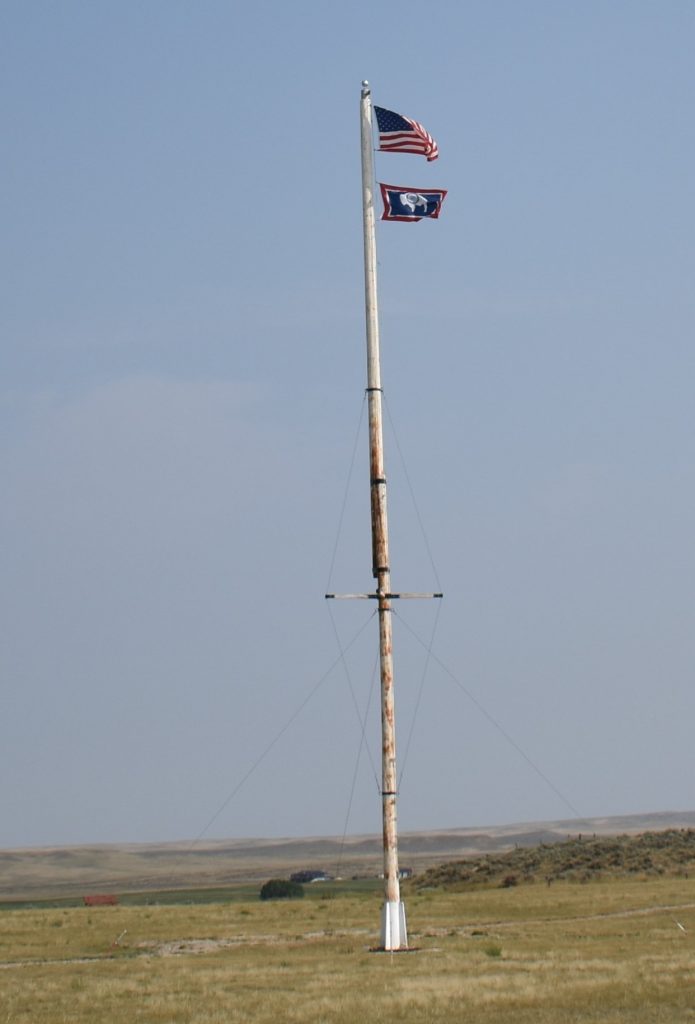News
Flag Day Program at Fort Phil Kearny


Published
2 years agoon
By
cvannoy
On Flag Day, Tuesday, June 14, Linley Mayer, Interpretive Ranger at Fort Phil Kearny, gave a program on the different United States flags that flew at the fort, as well as the flags representing each of the Native American tribes that had a place in the fort’s history.
She said that the flags represent many different things in the culture and the history of the different groups that were in and around the fort.
“We had the military here for safety of the immigrants to the gold fields. We had a 124-foot flagpole in the center of fort, and travelers could see it for miles,” Mayer said.
She added that the flagpole looked like a ships mast, and all the forts in the 1800s had this type of flagpole. The flagpole was designed to fold in half to put flag on then the pole was lifted up and locked into place.

There were two different U.S. flags flown at Fort Phil Kearny. They flew a 36-star flag at fort for a years 1865 and 1866, after Nevada was added to the union, and the 37 star flag in 1867 after Nebraska became a state.
The 37-star flag was used for a decade. The stripes, representing the 13 colonies, never change. However, the number of stars changed as states are added. The new star for the new state was always added on July 4th
The 36-star flag was given to the FPK/BTA, (Fort Phil Kearny/Bozeman Trail Association) and currently the original is in the Wyoming room at the Sheridan library. A replica was made as well and is at the Fort.
The fort was established during Red Cloud’s War, and the Native American’s who were fighting to keep their land played a role in and around the fort
Mayer described the flags of the various tribes, and what each color and symbol represented. On the flag of the Oglala Sioux, The red field symbolized the blood shed in defense of their lands. A circle of eight white tepees represent the eight districts of the reservation. It was first displayed at the Sun Dance ceremonies in 1961.
The Cheyenne flag has a symbol of the morning star, on a blue background.
The Arapaho flag has seven stripes: black, red and white. The flag is always hung vertically instead of horizontally. In the top center is a circle inside the triangle formed by the stripes.
As well as the flags of the different nations, there were also signal flags at the fort.

Some of the flag signals were: Flag down – All quiet; Flag raised and still – Attention; Flag waved three times from right to left – Indians; Flag waved around the head -Train under attack; Flag raised and carried in a vertical position around the picket defense – Attack.
Due to the weather, the program was held inside the information center, and around 10 people attended.
